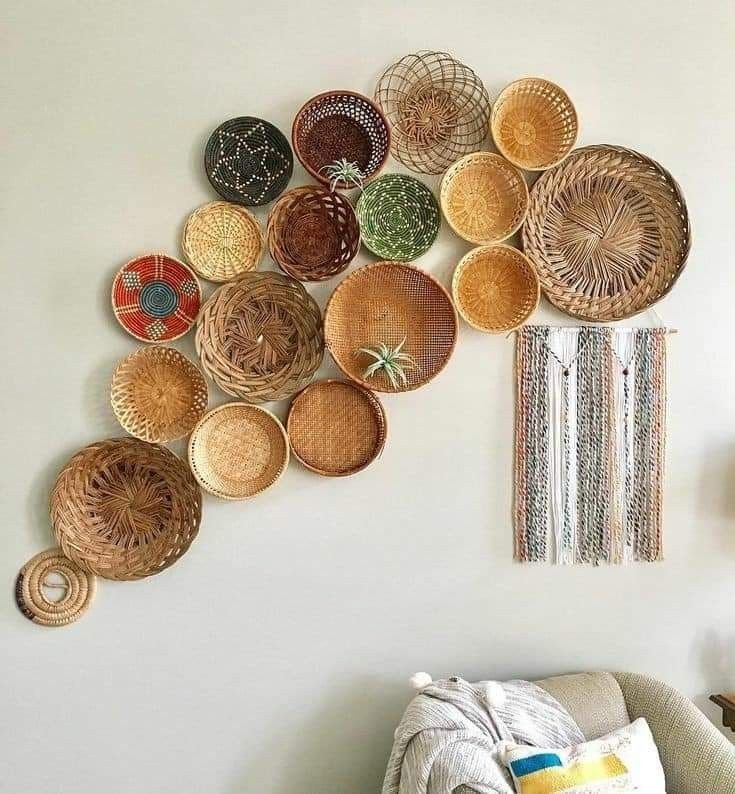

1. Definition
DIY (Do-It-Yourself):
-
- Refers to creating, modifying, or repairing something on your own, often with the help of guides, tutorials, or kits.
- Typically associated with projects where the individual follows instructions to achieve a specific goal.
- Commonly includes tasks like assembling furniture, crafting decor, or renovating spaces.
Hand-Made:
-
- Refers to items crafted manually from scratch, often without relying on pre-designed instructions or kits.
- Emphasizes craftsmanship and creativity.
- Examples include artisanal goods, such as pottery, knitting, or custom woodwork.
2. Approach
DIY:
-
- Guided: Often relies on step-by-step instructions, kits, or pre-made materials.
- Resourceful: Focused on solving practical problems or replicating a design.
- Goal-Oriented: Aimed at creating a specific functional or decorative outcome.
Hand-Made:
-
- Artistic: Driven by creativity and personal design choices.
- Skilled: Often requires mastery of a particular craft or technique.
- Unique: Results in one-of-a-kind items that may not be easily replicated.
3. Tools and Materials
DIY:
-
- Uses readily available tools and materials, often sourced from stores or kits.
- May involve assembling pre-made components (e.g., flat-pack furniture).
- Focus is on achieving results quickly and efficiently.
Hand-Made:
-
- Involves raw materials that are transformed manually into finished products.
- May require specialized tools or techniques, such as weaving, carving, or hand-stitching.
- Emphasizes the authenticity and quality of materials.
4. Purpose
DIY:
-
- Practical: Often motivated by cost-saving or the need to customize.
- Accessible: Encourages anyone to try, regardless of skill level.
- Learning: Introduces people to new skills or methods.
Hand-Made:
-
- Artistic Expression: Focused on showcasing individual talent and creativity.
- Cultural: Often tied to traditional craftsmanship or heritage.
- Commerce: Hand-made items are often sold as artisanal or boutique products.